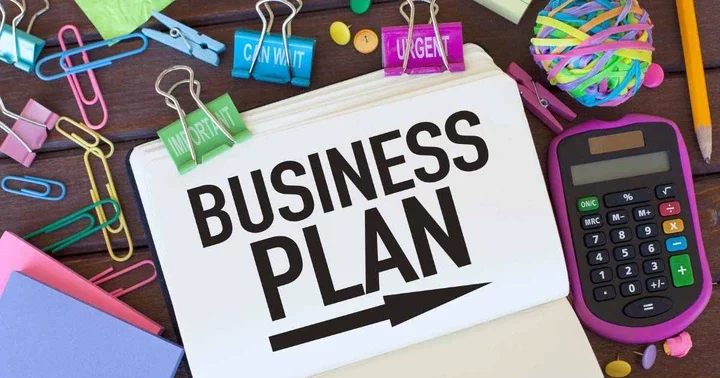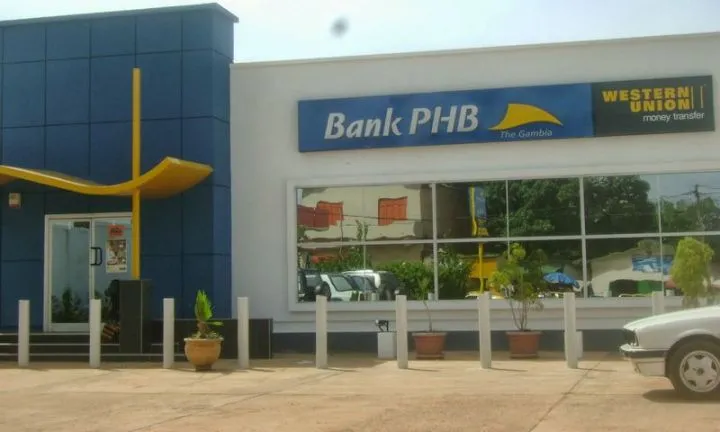
Most entrepreneurs at the start, develop ideas that seems bigger than their capacity. Especially at the verge of setting out to start, it looks like a hard nut to crack, this has caused the majority to put their ideas on hold due to lack of capital, it is assumed that their ideas cannot come to fruition unless they have major funding behind them.
If this is your current ordeal, take this article as a sign to build the capacity you need to start your business with little or no capital at all.
Here are 7 practical steps, by which you can start your business with no capital.
1. Do Your Research
To be able to properly dissect your idea, you need to be very informed on the subject matter, make thorough research about the business you want to dive into; understand who the customers are, and most importantly their perspective.
Research on those who are already in the path of what you want to do, to start a business with no capital, you must be able to make your research with no restriction to your home and country, research far and wide to also know the mistakes to avoid.
2. Break Down Your Ideas into Phases
Oftentimes, entrepreneurs are always eager to begin the process of bringing their ideas to life, most thereby get overwhelmed looking at the total amount needed. A better way of doing this is breaking down the idea into phases, whereby each phase is independent of the other. This way the funds needed for each of the phases will be minimal.
3. Communicate Your Ideas and Progress with People You Know Can Be of Help, Without Asking for Funds
This is one important skill you must possess as a businessperson, the ability to communicate your ideas and plans effectively.
Now you must know, ideas are cheap, the action is what triggers; as much as you communicate your ideas, communicate your progress as well, let these people know how much headway you're making with the little resources available at your disposal.
Then they will sooner or later be motivated to invest in your business.
4. Leverage On Relationships
It is always likely that friends and families are on their lowest keys, while a "baby business" is brooding, however, you must be able to know how you can bring in all the possible resources you can get from this source.
They don't have to be encouraging, they don't have to be monetarily available; money is exactly the value you place on a thing, you can bring in resources, equipment, human power, etc. From the source of family and friends.
5. Use What You Have to Get What You Want
Take into consideration what you currently have at your disposal, it could be your skills, experience, knowledge, or tangible resources you own or have access to.
This goes beyond what comes to mind immediately, you might need to think more deeply, asking yourself a question of "what you have". Ensure you take this into writing, your written responses will create a collection of artifacts that can be connected to create something interesting, novel, and valuable in establishing a new business.
6. Communicate Your Product's Value to Your Audience
Gone are the days when your ability to promote your small business was determined by the size of your wallet. It is now possible more than ever, to build your entire customer base without any paid advertisement.
Emails and a regular social media presence are all you need to maintain a consistent social media presence, strive to do the following:
• Post one to three helpful items per day
• Respond to questions
• Ask different contacts in your network to promote or share your posts
• Connect with existing prospects or customers to make sure they are happy
• Your business website should give visitors the option to opt-in with their email addresses.
As your list of contacts grows, you can use free email platforms to market to them regularly.
7. Devise a means to get paid
As soon as some of your resources are available, brainstorm on creating a minimum viable product. A minimum viable product is a low-cost, low-risk way to test your niche market's demand for your product.
It's the version of your offering with a minimum feature set for which people are eager to pay you money.
If you do this early, you'd avoid the pain of creating a product that won't sell. Also communicate the value of your product to your target audience.
They might just reveal areas where they feel features are missing.
Validate your minimum viable product by adding it to your website's home page and ask visitors to register their email to receive an availability notification.
By the end of the test, you should be able to answer the following questions:
• What am I selling?
• What is the right price?
• Who would be immediately compelled to buy my products?
• What's my product's primary benefit?
• What's my product's important secondary benefit?
• What are the key objections to my offer and how do I tackle it?
• Why should people buy my product?
• What can I change to make my offer more compelling?
The downside of building with little or no capital approach
Although there are many benefits to starting your entrepreneurial journey using some of the steps highlighted above, there are also downsides to this approach which may require remedial action to overcome the negative consequences.
The major one centers on the notion that the business and the owner become inextricably linked, the owner becomes the business and the business, the owner.
Under such circumstances, it becomes difficult to scale the business because the owner only has so many hours a day to keep selling his services.
It also becomes difficult to sell the business because it is worth very little without the owner and there is a risk that the owner may become overworked and burn out.
To overcome these challenges, entrepreneurs should focus on codifying what they do and training others to be able to replicate it.
They should also aim to systematize the business creating systems and processes to do what they would otherwise have done; this saves so much time and improve the productivity of the business with or without the presence of an individual.
This becomes handy in building a business that will last even when it's been started with little or no capital.













![These Two Beautiful UNILAG Students Died In An Hotel Fire [Photos ] These Two Beautiful UNILAG Students Died In An Hotel Fire [Photos ]](https://img.netnaija.com/hsi/aHR0cDovL3d3dy5uYWlqYWxvYWRlZC5jb20ubmcvd3AtY29udGVudC91cGxvYWRzLzIwMTcvMDgvMS0xMTQuanBn/images/1-114.jpg)


Comments